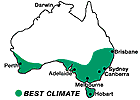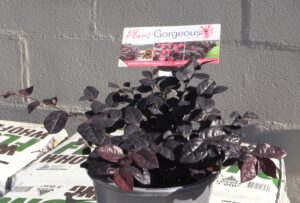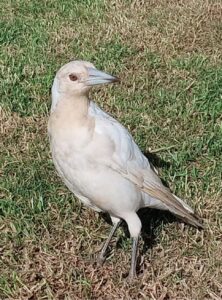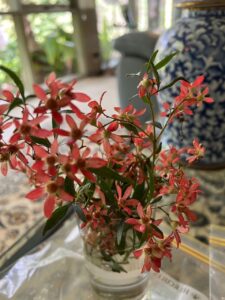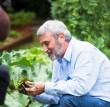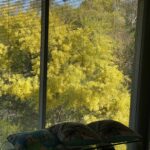Michaelmas Daisies
Michaelmas or Easter daisies (Aster novi-belgii) were once popular in gardens, but are rarely seen now. They are herbaceous perennials with upright, much-branched stems on which masses of small daisies are produced in late summer and autumn. The flowers range in colour from white through pale lilac blue, mauve, purple and pink to deep reddish plum. They can be planted in mixed borders and can also be used effectively in beds on their own. The taller varieties often need staking, and are best planted at the back of garden beds.
New dwarf varieties which don’t need staking are now available at nurseries. AsteeTM Asters, as they are called, have full-double flowers in an assortment of colours.
Growing tips
Michaelmas daisies are easy to grow. Plant them in full sun in a rich, moisture-retentive soil. When they die down in winter cut the dead stems back to ground level. When the new shoots appear in spring, apply a mulch of well-rotted manure or compost to which fertiliser has been added. Lift and divide the clumps every second or third year in winter.
If symptoms of Powdery Mildew or Botrytis (grey mould) are noticed, spray with an appropriate fungicide (for example Baycor). When the diseased plants die off after flowering in autumn, put the above-ground parts in a plastic bag and dispose of them in the garbage bin.
Name confusion
A. novi-belgii was introduced from North America into Britain in 1710. In England these plants bloomed at the same time as St Michael’s Day was celebrated, and so they became associated with the festival of Michaelmas and were given its name.
Michaelmas daisies belong to the genus Aster, but the things everyone calls asters belong to the genus Callistephus. The China aster (Callistephus chinensis) is an annual plant from China. The individual flowers are much larger than those of the Michaelmas daisy, but they come in a similar range of pastel colours. Peter Valder thinks that both the Michaelmas daisy and the China aster are delightful, old-fashioned flowers which deserve to be given another chance in our gardens.
Getting started
Michaelmas daisies are available Australia-wide in a range of colours. Astee asters in full flower cost around $10-$12 for 140mm (6″) pots. Perennial asters are also available from specialist cottage and perennial nurseries in 125cm pots for around $6-$7 mail order, for example, Lambley Nursery, ‘Burnside’, Lesters Road, Ascot, Vic 3364; phone: (03) 5343 4303. Michelmas daisies are also sold in large bunches at florists at this time of the year.
China asters are available as seed or seedlings for planting in spring.
BBY 2000




